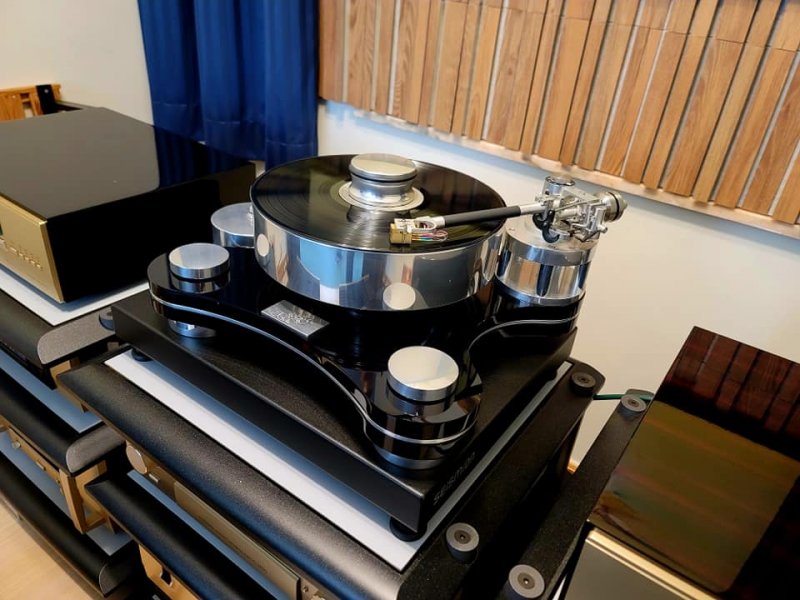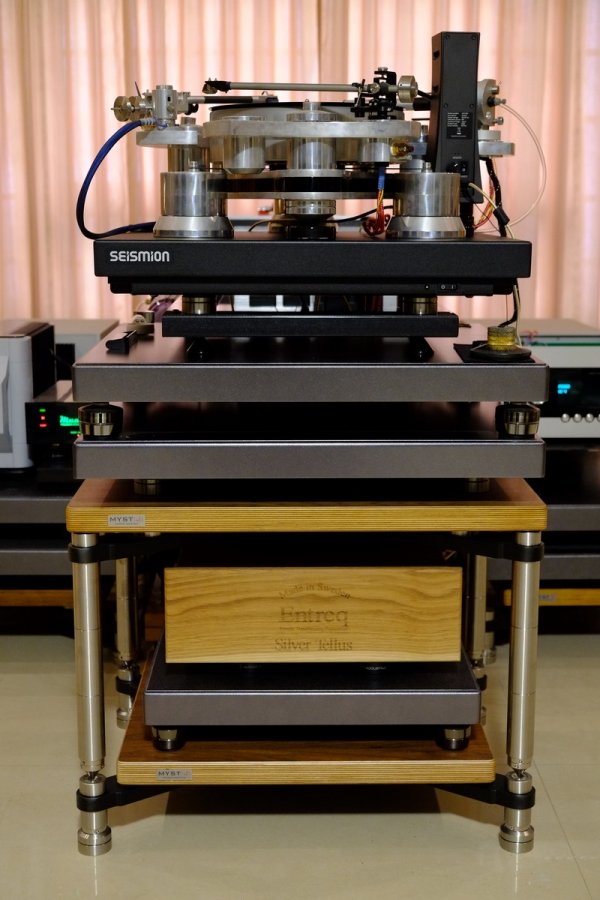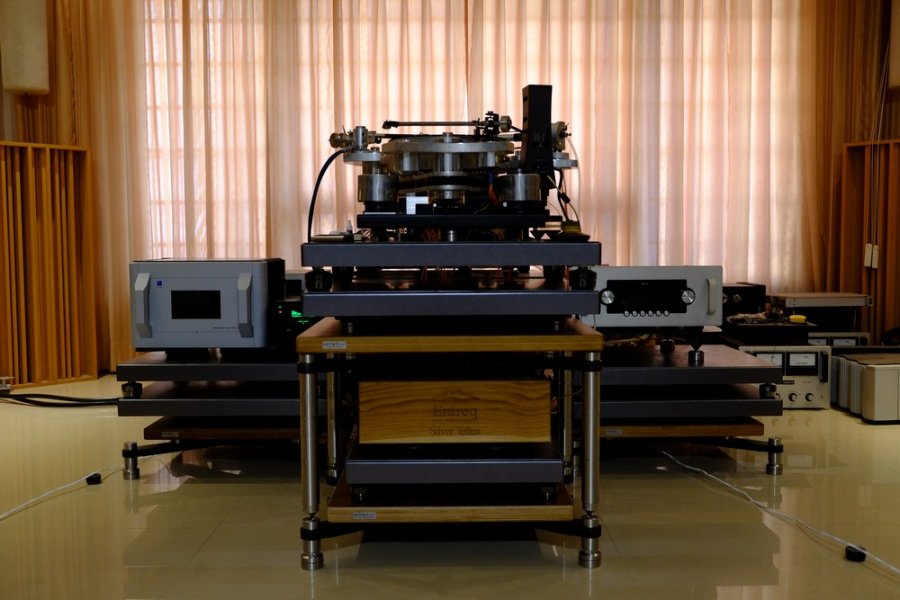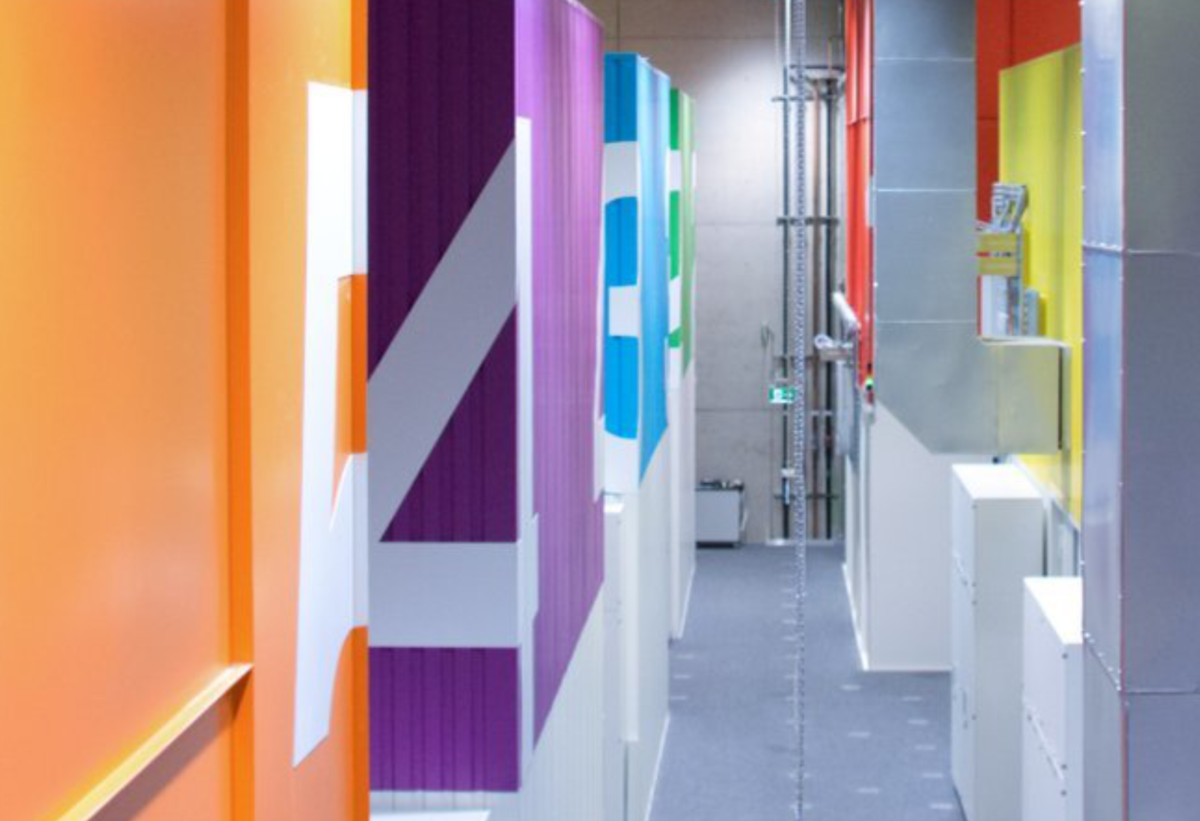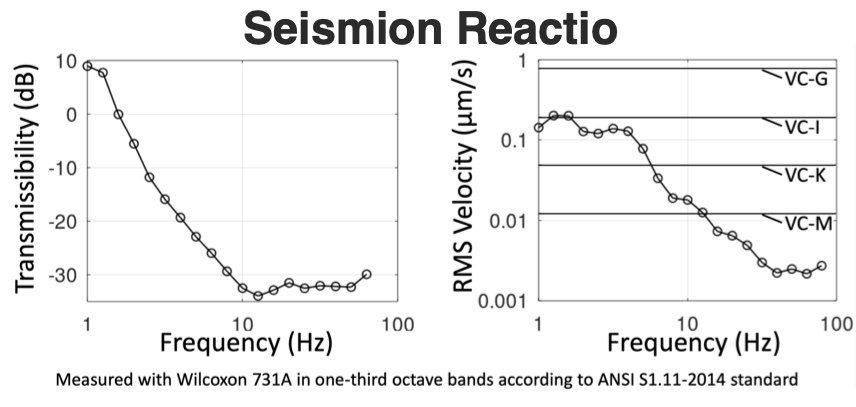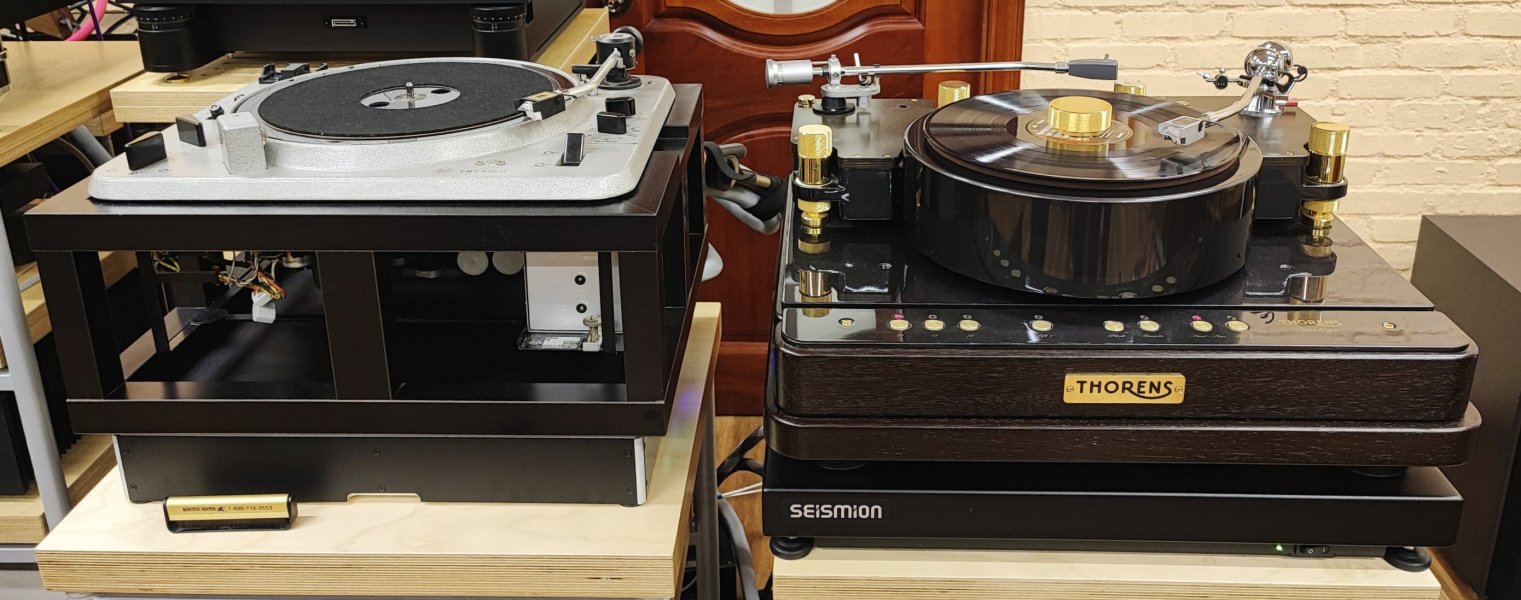This is Sebastian from Seismion, I am going to add some aspects on active isolation of turn tables, since these devices benefit most from active isolation. First of all the unwanted self-noise or rumble will be reduced by an active isolator, since the active isolator is like a damper for vibration energy. This means the active isolator tries to stabilize its top plate by feedback control of the accelerometers mounted under the top plate. Any incoming vibration, from bottom or top is reduced! However, this ability is limited by its mechanics and electronics design. Some active isolators switch off when vibration (-rumble- in the turn table case) induced into the top plate gets to big.
The Reactio will counterforce even bigger rumble and depending on the kind of rumble reduce it respectively. This benefits the music reproduction, since the rumble will always appear in the music. This is due to the mechanical nature of turn tables, which transmit all mechanical vibration to the stylus.
Check this for more detail:
https://www.theanalogdept.com/measures.htm
Maybe most benefical for turn tables is the ability of the Reactio to actively reduce vibration at frequencies as low as 1Hz, even at high amplitudes. This benefits the suppression of footfall sound and low frequency vibration generated by the turn table itself.
The Reactio will counterforce even bigger rumble and depending on the kind of rumble reduce it respectively. This benefits the music reproduction, since the rumble will always appear in the music. This is due to the mechanical nature of turn tables, which transmit all mechanical vibration to the stylus.
Check this for more detail:
https://www.theanalogdept.com/measures.htm
Maybe most benefical for turn tables is the ability of the Reactio to actively reduce vibration at frequencies as low as 1Hz, even at high amplitudes. This benefits the suppression of footfall sound and low frequency vibration generated by the turn table itself.
Last edited:


